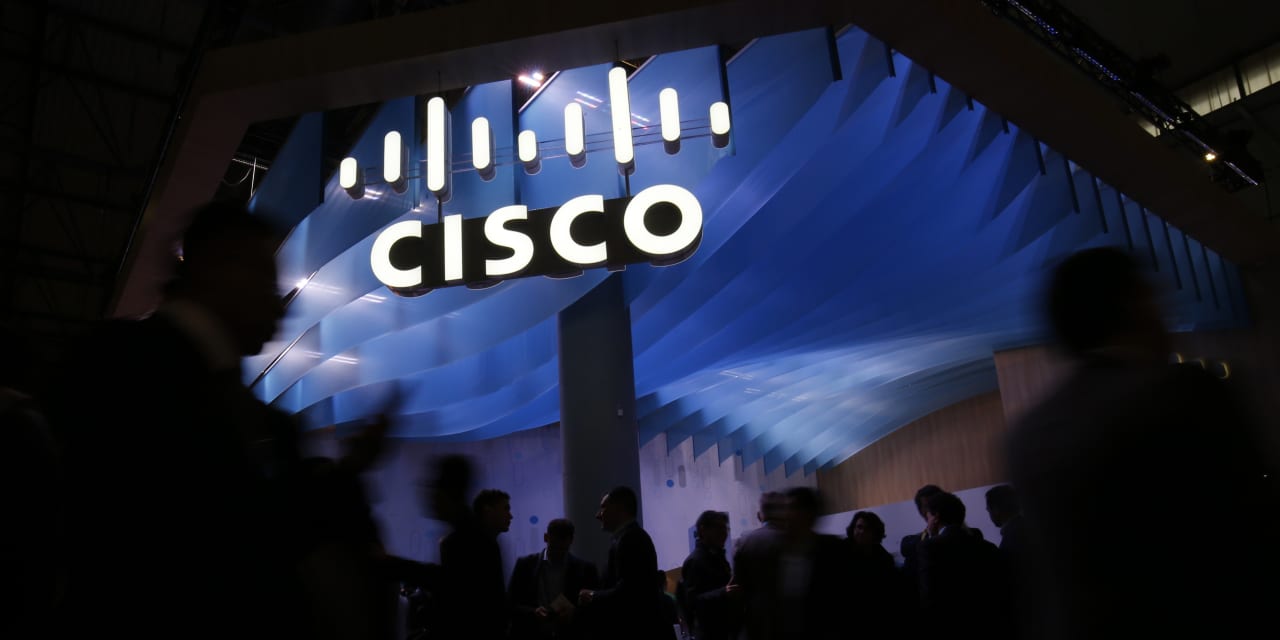Cisco Systems Inc.’s brutally disappointing forecast for its next two quarters and full year appears to be a company-specific issue and should not pour cold water on the tech sector’s recent rebound.
At least that is the view investors should take right now, after Cisco
CSCO,
Chief Executive Chuck Robbins’ mea culpa to Wall Street on Wednesday. In its fiscal first-quarter earnings report, the networking giant shaved $3.2 billion from its full-year revenue forecast, citing customer deployment issues. Cisco now expects a fiscal 2024 revenue range of $53.8 billion to $55.0 billion, down from $57.0 billion to $58.2 billion previously.
That forecast fueled an 11% drop in its shares in after-hours trading Wednesday.
“Candidly, it might have been easier for me to say it was macro,” Robbins said in response to an analyst’s question on the company’s conference call. He explained, in some detail, what was causing the revenue drop, issues that mostly centered around customer consumption of its products, including a long time elapsing between deployment of equipment they have purchased. “What we’ve seen is a one- to two-quarter delay versus what historically you would see when these products get shipped, how long it takes for them to be actuated and connect to the cloud,” he said.
He also said Cisco has seen a huge uptick in implementation services, meaning that customers are asking for more help to get their products installed, and that longer sales cycles still remain.
On the positive side, Robbins said Cisco has a line of sight into about $1 billion in revenue for fiscal 2025 related to artificial intelligence, for what he described as a broad ethernet-network buildout beneath compute-intensive GPUs that are being used for machine learning and training for AI. He said Nvidia Corp.
NVDA,
CEO Jensen Huang and a several other Nvidia executives recently visited Cisco to work on building some integrated solutions together. Nvidia’s graphics processing chips for high-performance computing are designed for the InfiniBand networking architecture, while Cisco has been touting ethernet for use in AI.
“There’s a lot going on in the AI space,” Robbins said.
For now, investors should be asking whether Cisco’s products have become so hard to deploy that they need more help, and could that affect future revenue? Or are over-burdened customers rushing to build out AI data centers, and leaving everything else to fall to the side?
Cisco has long been seen as a bellwether of enterprise spending, and it’s possible that it currently is an example of how companies may be focusing on AI deployment, to the detriment of everything else. But that should not halt the current party for tech stocks, not just yet.
Read the full article here








